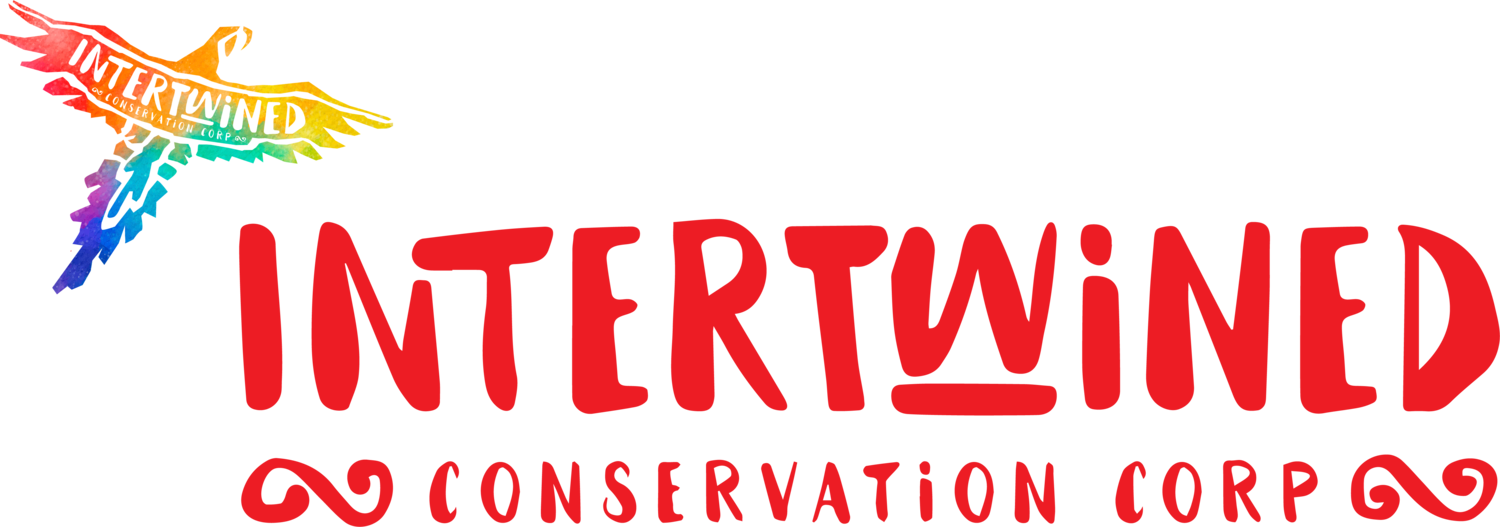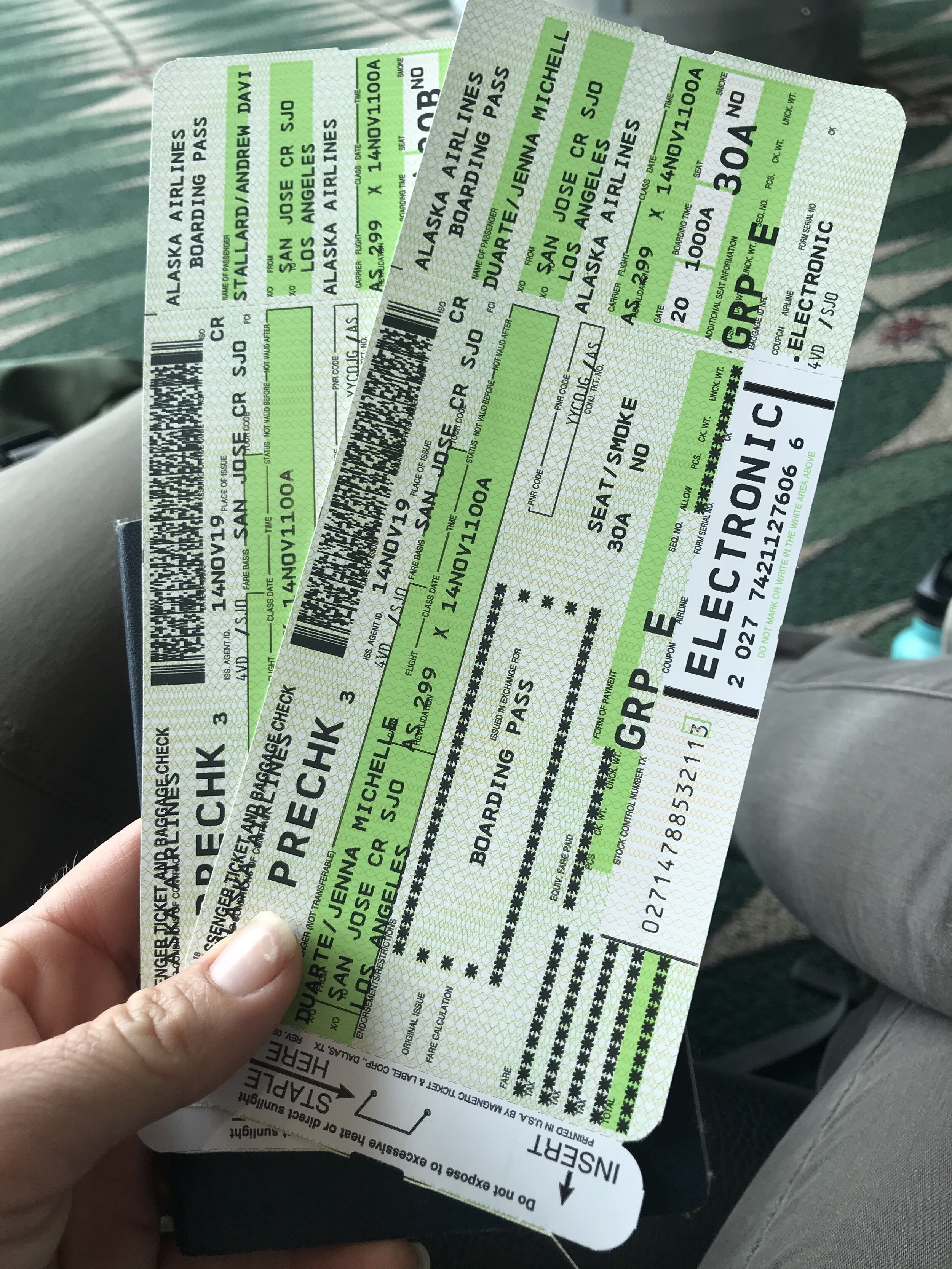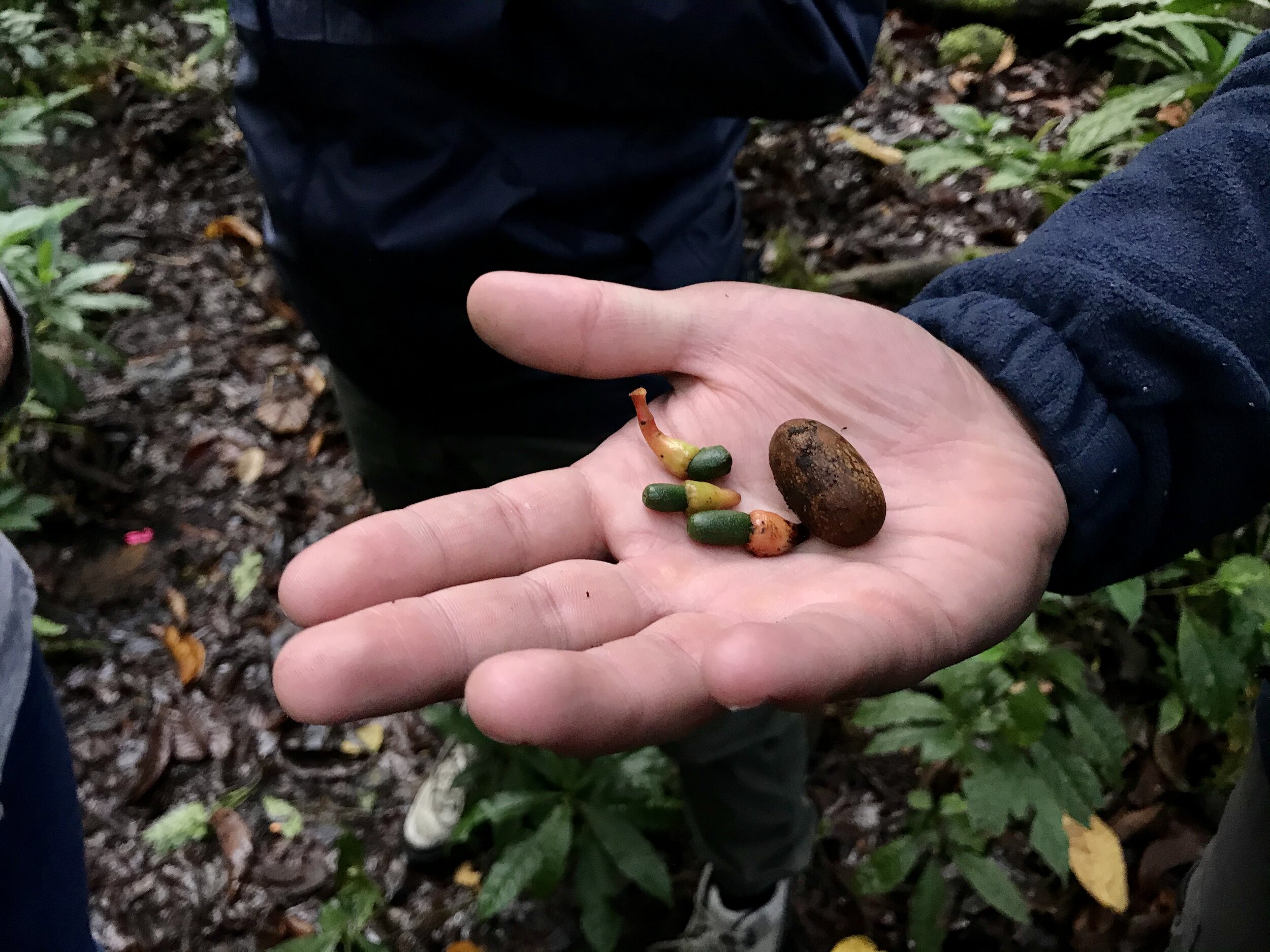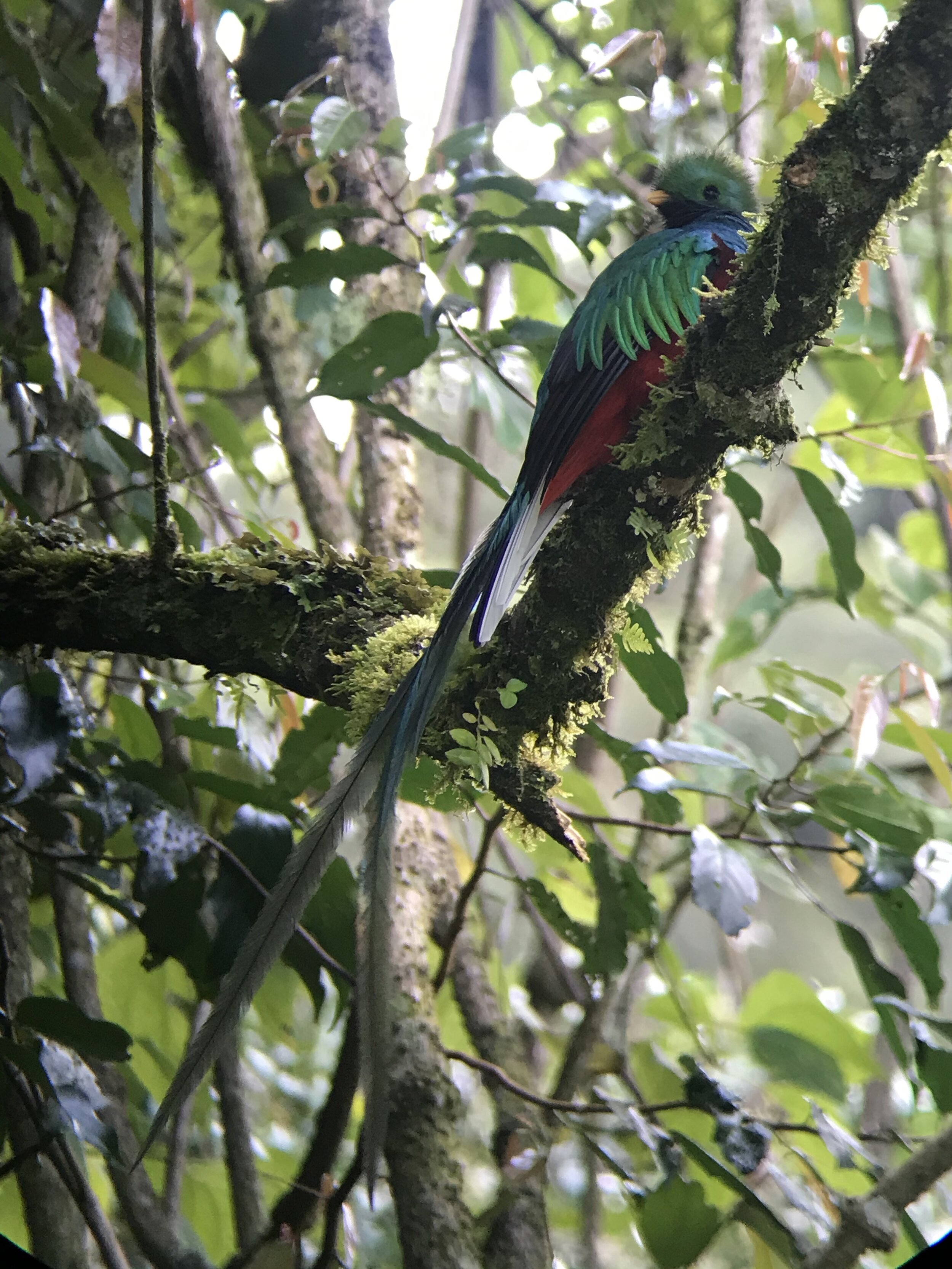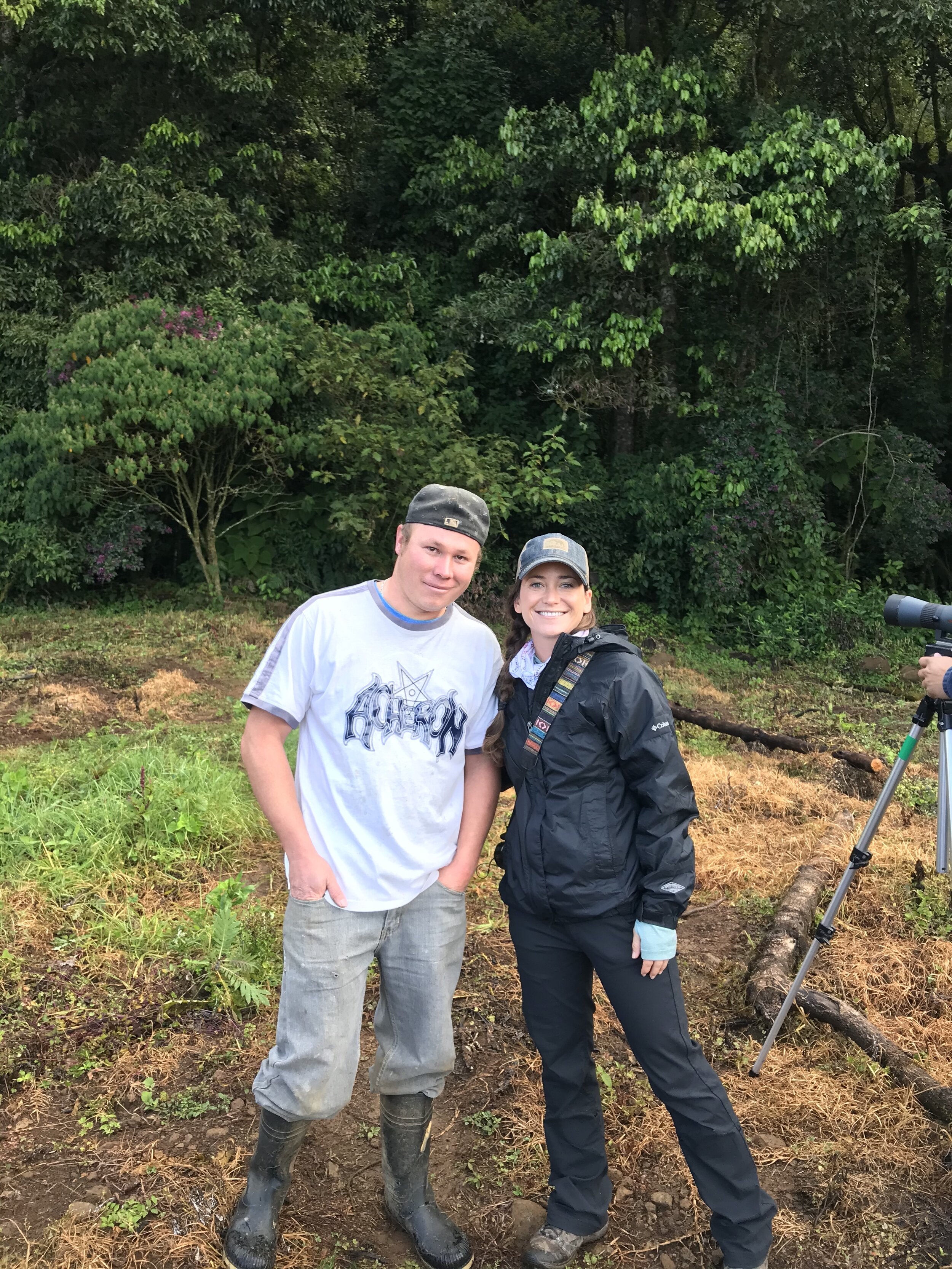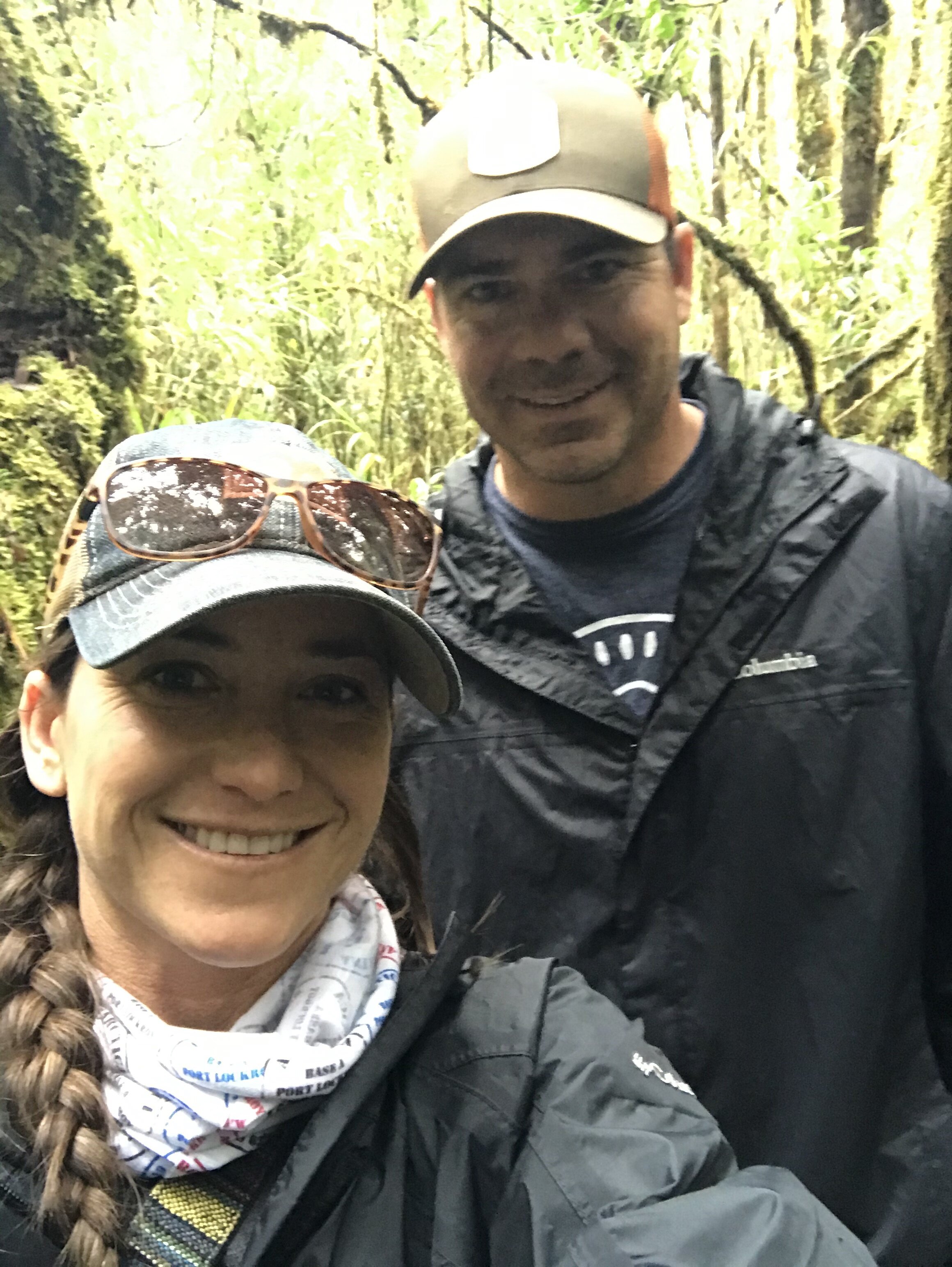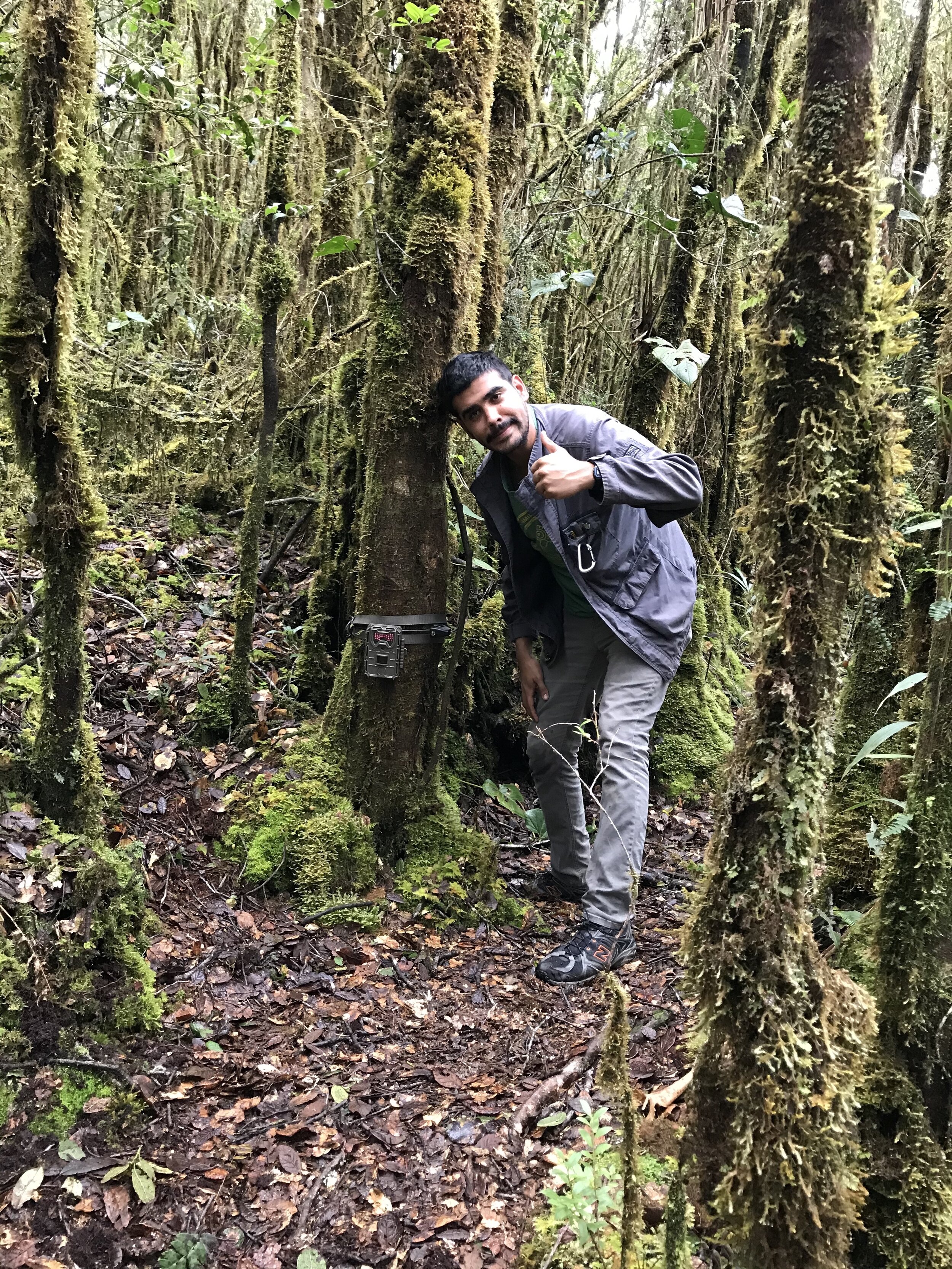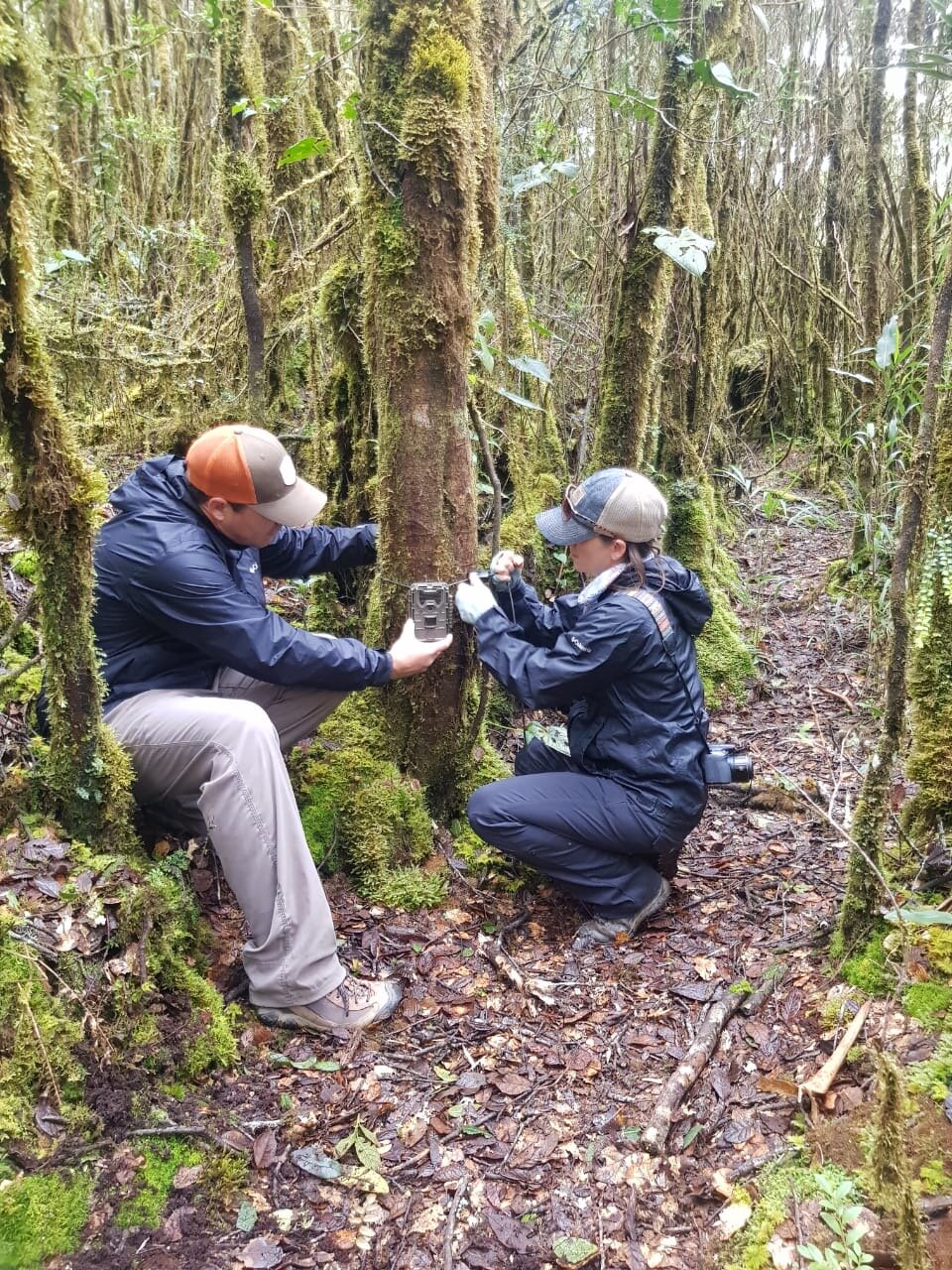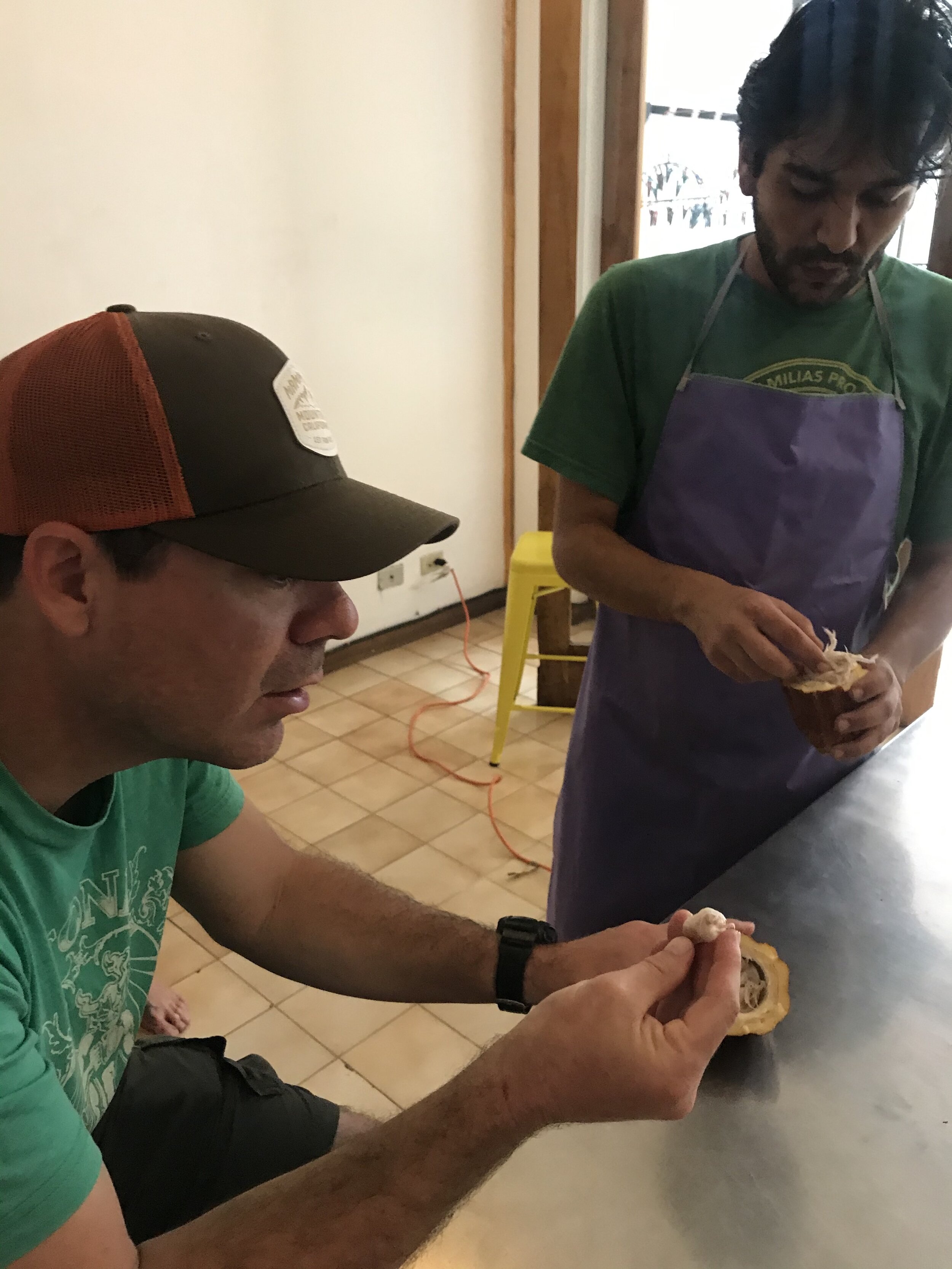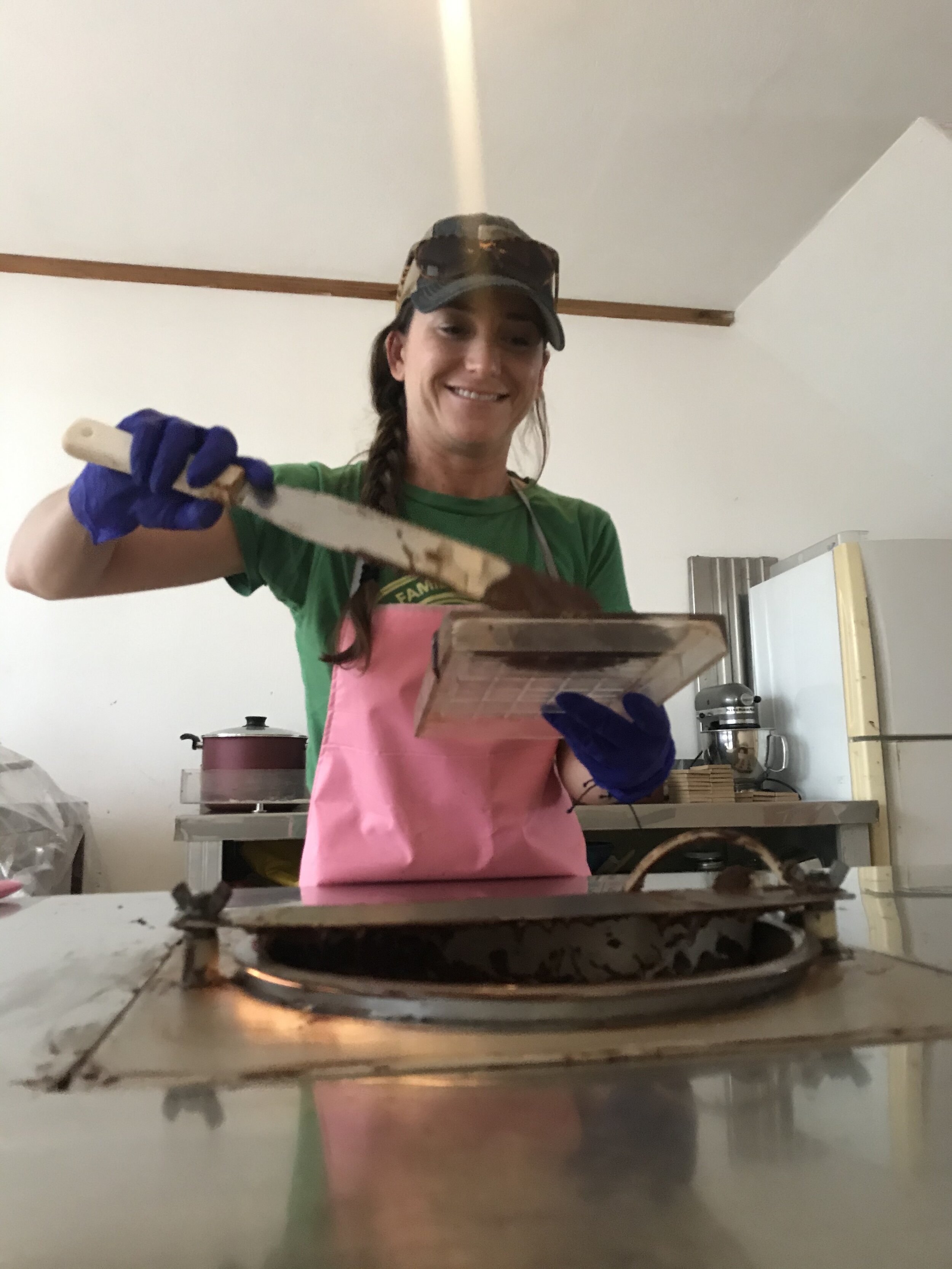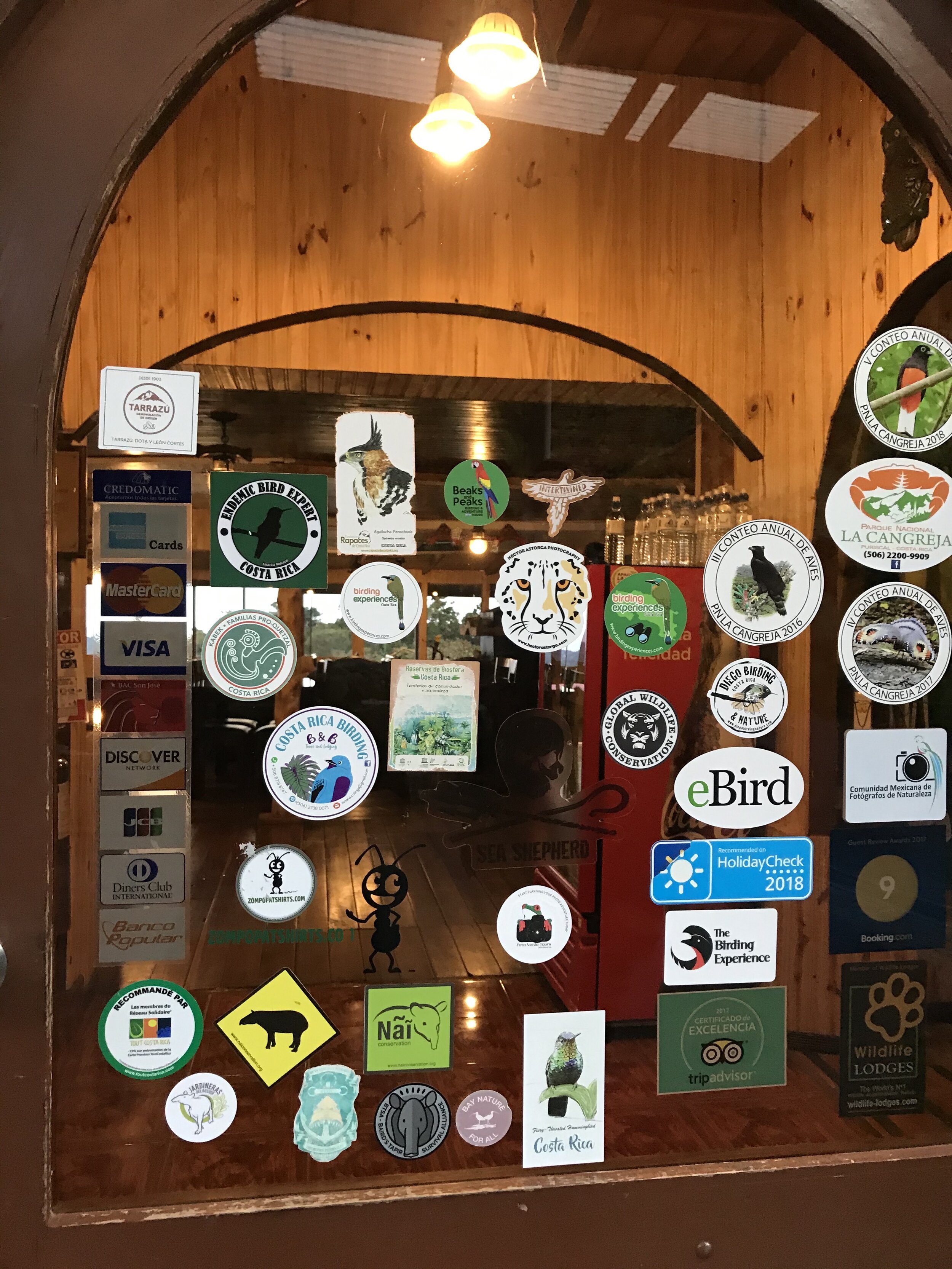Searching for Tapir and Quetzals: Part 1 Spring 2019 Costa Rica Trip
In early March, Intertwined traveled to Costa Rica to reconnect with existing partnerships and to begin forging new ones. Driving around the country for two weeks in a Toyota Yaris—snail-paced up inclines, but dependable overall—Jenna Duarte (Executive Director and Founder), Koby Wendt (Interim President), Marco Wendt (Vice President), and Armando Flores (Development Coordinator) met with three partner organizations in addition to checking in with our own program.
The first organization they met with was the Costa Rica Wildlife Foundation (CRWF), located in the Los Quetzales National Park. As the car climbed the mountain and they gained elevation, the weather turned out to be a surprise. When you think of Costa Rica, Marco says, “you think of hot, humid weather—and we were not prepared for that kind of cloud forest.” As it’s one of the highest elevations in Costa Rica, clouds hug the mountaintops here and move large quantities of moisture rapidly across the sky, their constant circulation acting as a reminder that the forest lying below is equally active and alive. With a high of 60 degrees, the cloud forest was nothing like the hot, tropical weather one might have expected. The winds were strong as the road became increasingly windy, and the windshield wipers failed to clear the mist and rain away, making it impossible to see very far ahead.
Although they missed the turn for the Quetzal Lodge where they were supposed to meet Esteban of CRWF, they did notice something exciting as they continued driving into the forest: signs for tapir crossings. The roads were highly trafficked with speeding cars, and the signs indicated that an effort is being made to communicate to drivers that the tapirs’ home should be respected by more cautious driving.
Eventually the Intertwined group made it to the lodge where they were greeted with a “parade of color.” The lodge overlooked a beautiful backdrop of flora and fauna, with butterflies and “dozens and dozens” of hummingbirds flocking to the feeders set out for them. After a friendly greeting from a local dog, they met with Esteban and his crew and learned about the good work that CRWF has been up to in the area. CRWF aims “to ensure the prevalence of wildlife and its habitat” through initiatives that assist communities in making decisions that help them coexist with wildlife. Their species conservation program focuses on solutions to threats to keystone and flagship species in the tropical forests, with a specific emphasis on the conservation of quetzals, tapirs, and skué.
The purpose of Intertwined’s visit with CRWF was to learn about the organizations’ needs and how Intertwined can collaborate on a new program working with quetzals, tapirs, and the local community within Los Quetzales National Park. After the meeting, Esteban’s team immediately took Intertwined into the park itself, sharing information about tapirs and how the organization is currently working to learn about and protect these animals.
Jenna, Koby, Marco, and Armando stayed with a host family about 15 minutes away from the lodge, experiencing the warmth and generosity of the Costa Rican people. The cabin was beautiful and rustic, with a wood stove oven warming the house and being used to cook traditional meals with black beans, rice, and coffee.
Waking up early to try to catch a sighting of a quetzal—a small, vividly colored bird native to the area—the Intertwined group traveled to a ranch about five or ten minutes away, where their host was working with Esteban to conserve land for local wildlife. Specifically, they focus on conserving a certain species of avocado that attracts quetzal. Their wildlife tours help the local community and give them the ability to protect the land for wildlife and to prevent trees from being cut down.
As they trekked up the trail, they noticed man-made nest boxes in the trees. Local trees had been hollowed out and perched up, making it easier for quetzals to make nests. Because their beaks are not designed to hollow out trees, quetzals usually have to use trees that are weathered in such a way that they can create a nest. The man-made nests made the avocado grove even more inviting for the sacred bird of the ancient Mayans and Aztecs to make their homes in this preserve.
Even though this was the most likely area for quetzal sightings, the group received a call about a sighting at a nearby blackberry farm. After a quick drive to the farm, a missed sighting, breakfast with the host family, and another unsuccessful search, they gave up and had lunch before Esteban and his crew had to leave for San Jose. On Intertwined’s last day in Los Quetzales National Park, however, their patience finally paid off and Jenna spotted a pair of quetzals—a male and a female.
The group then packed up and headed out in the Yaris to meet the next partners.
